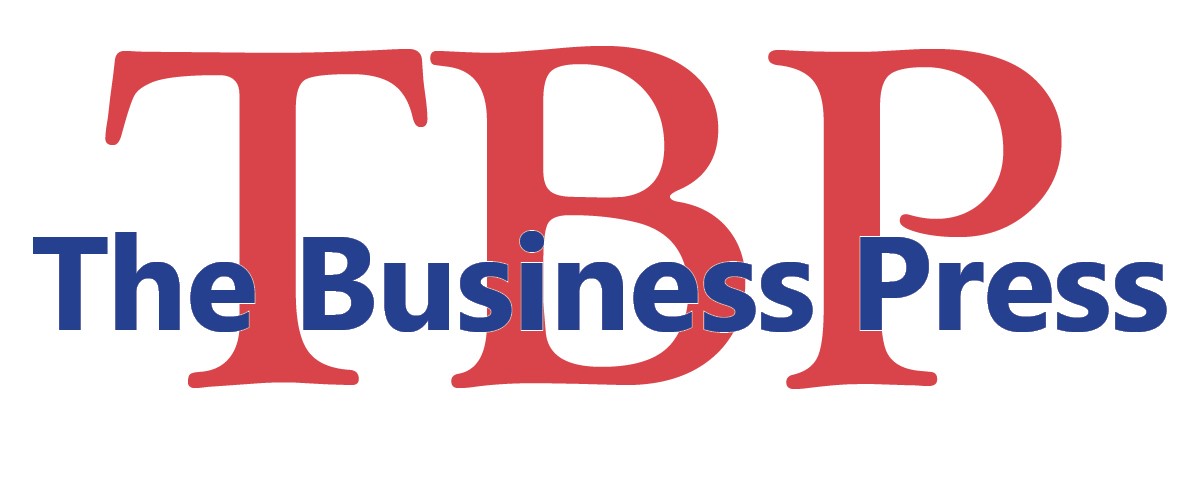By J.R.Labbe, CEC
CSE Leadership, LLC
The new year has dawned, and it appears to be just as noisy, contentious and in-your-face as 2024, with its political tumult, weather turmoil and global terrors.
Perhaps an injection of quiet management can serve as a balm to improve the overall environment within your workplace.
A recent Becker’s Hospital Review article referenced advise from career coach Adam Broda, who talked about leaders adopting a management style that eliminates command-and-control tactics such as checking employee start/stop times and questioning time-off requests, and starts improving meaningful connections by listening to team feedback about how the manager manages.
“Quiet managers operate with a high level of trust in their employers and don’t micromanage,” Broda said. “This way, the job becomes more of a support role and gives managers the time to get out in front and lead by example instead of leading by structure and administration.”
What we observe with CSE Leadership clients is the leaders who give their workers what they need to be successful and then step away – trusting their people to deliver – have happier, more productive workplaces reflected by improved employee engagement and quality metrics.
This is not a new concept. As far back as the 1940s, 3M President William McKnight embraced a simple (but admittedly not easy to achieve) philosophy: Hire good people and leave them alone.
That said, don’t conflate quiet management with silence. During tumultuous times, employees bring their angst about the outside world to work. It is vital for leaders to be present and listening with intent so they can redirect focus to avoid distractions from places where they have no control.
Gallup data shows allowing job autonomy is a strong enabler of high performance. Leaders communicate clear expectations for outcomes and boundaries, then empower employees with an appropriate level of decision-making authority over the types of work they do and the processes they use to achieve their goals and develop professionally.
Communication without comprehension, however, is just noise. Your people crave a clear understanding of what needs to be accomplished. A shared purpose is essential to ensure everyone who wears the company logo knows the organization’s “why.” Without that, team members struggle to know how they, as individuals, can help achieve the mission.
How can you determine if your employees “get it”? When we work with our partners, we use an activity called “Whose Purpose is it Anyway?” recommended by Daniel H. Pink, author of “Drive: The Surprising Truth about What Motivates Us.” It’s a quick and illuminating way to see a snapshot into how aligned your people are to your company’s purpose.
How to play: Gather your team and give each person a blank index card. Ask each person to write a one-sentence answer to the following question: “What is our company’s (or organization’s) purpose?” No names, please. Collect the anonymous cards and read the answers aloud. Are they similar or are they all over the place?
“For all the talk about culture, alignment, and mission, most organizations do a pretty shabby job of assessing this aspect of their business,” Drive writes. If your employees don’t know why they’re doing what they’re doing, it’s tough to motivate them to continue.
In addition to providing comprehensive communication, good leaders remove barriers to their team’s success. And the way to find out those barriers is to talk with your people. In fact, not being visible to your team is the worst choice a leader can make in uncertain times.
Make 2025 the year of connection, getting to know your people on a personal level. Be visible to your front-line team members, who can tell you where the pain points are if you listen intentionally. They know where processes don’t make sense or actually impact your customers’ experiences. And be sure to encourage and praise your people, being specific about the actions they took to merit the recognition.
During uncertainty, employees look to their leaders for reassurance. It appears that 2025 might be the year to revive a time-tested engagement strategy: MBWA, or management by walking around. Be approachable. Listen with intent. It’s not too late to make a new year’s resolution you can achieve.
Former award-winning journalist Jill “J.R.” Labbe, CEC, is cofounder of CSE Leadership, an executive coaching and leadership development firm. jrlabbe@cseleadership.com






